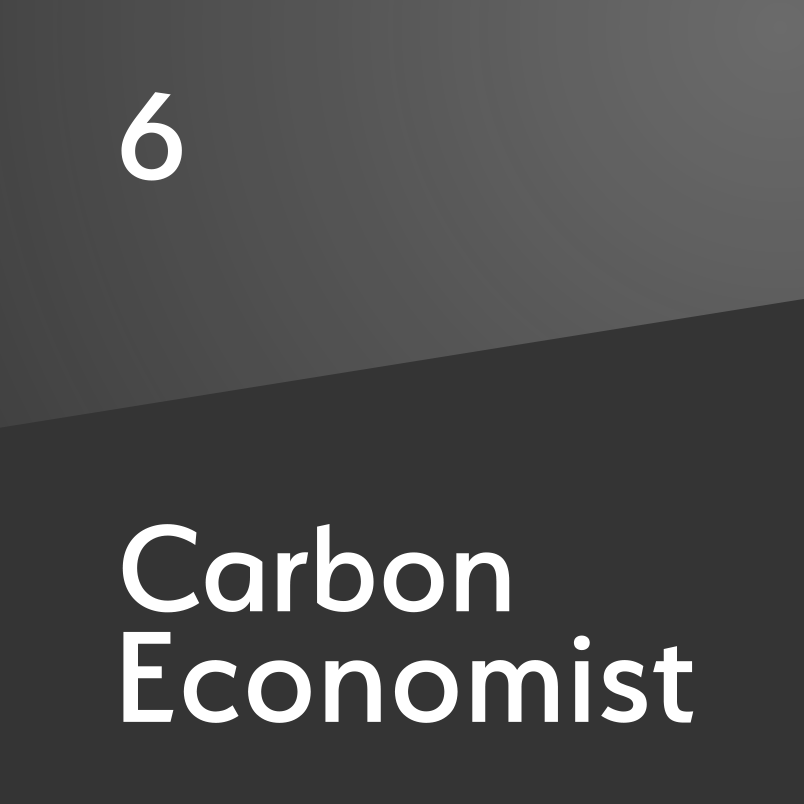Megacities face renewables reality
Population density and grid constraints could limit renewables’ capacity to power Asia-Pacific's rapidly expanding urban metropolises
Asia-Pacific countries have come under international pressure to lower the carbon footprints of their rapidly expanding megacities. But national leaders are concerned that replacing legacy transmission systems in sprawling, high-density population centres with renewable energy infrastructure could threaten those cities’ economic growth. Global development officials called for an overhaul of climate change planning for Asia’s cities on 15 October. “Cities in Asia-Pacific are at the forefront of global efforts for the 2030 Sustainable Development Goals. Our cities must be better planned, managed and financed to protect the environment,” said Maimunah Mohd Sharif, executive director of UN-Habit

Also in this section
8 December 2025
The Caribbean country’s role in the global oil market is significantly diminished, but disruptions caused by outright conflict would still have implications for US Gulf Coast refineries
5 December 2025
Mistaken assumptions around an oil bull run that never happened are a warning over the talk of a supply glut
4 December 2025
Time is running out for Lukoil and Rosneft to divest international assets that will be mostly rendered useless to them when the US sanctions deadline arrives in mid-December
3 December 2025
Aramco’s pursuit of $30b in US gas partnerships marks a strategic pivot. The US gains capital and certainty; Saudi Arabia gains access, flexibility and a new export future







